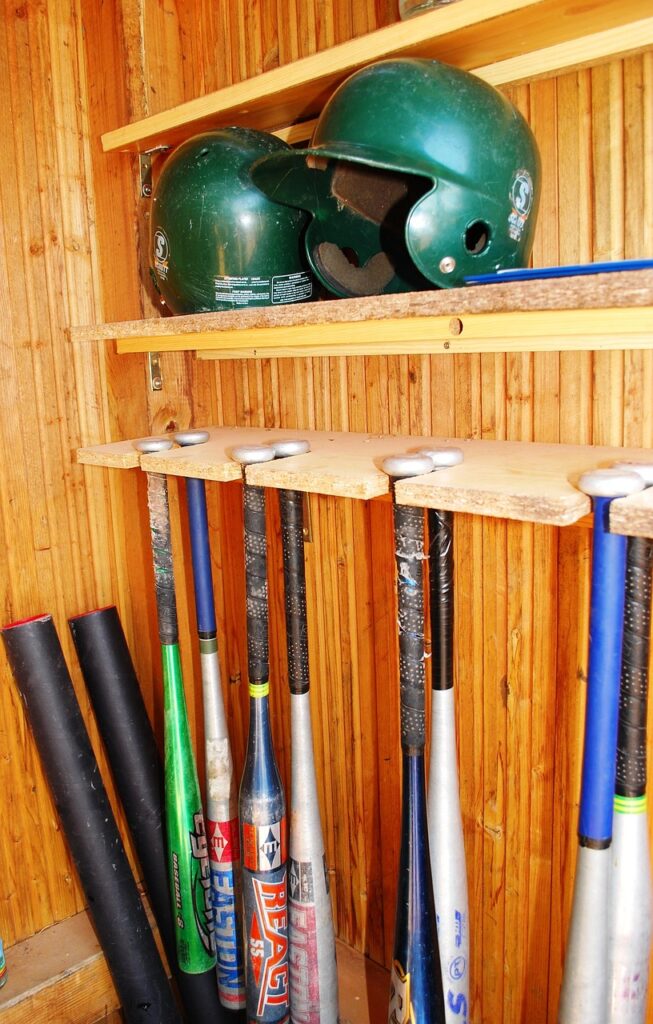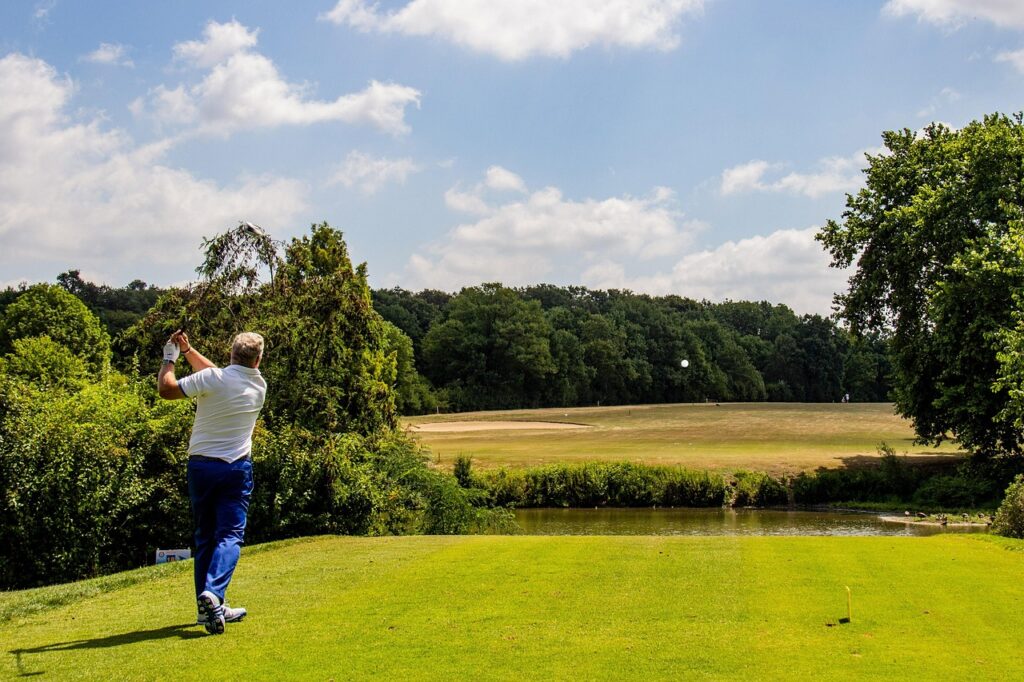Custom baseball bats offer players the opportunity to optimize their performance by tailoring the bat’s weight, length, and material to their specific needs. Choosing a custom bat allows for improved comfort, control, and power compared to standard off-the-shelf options.
Players at all levels, from youth leagues to professionals, value the ability to adjust the bat’s characteristics to fit their swing style and strength. This personalization can lead to better contact and more consistent results at the plate.
Beyond performance, custom bats often reflect a player’s personality through unique designs and engravings. This combination of function and style makes custom bats a valuable investment for serious players.
Custom Baseball Bats Overview
Custom baseball bats vary widely in materials, design, and compliance requirements. Each aspect impacts performance and legality for competitive play. Understanding these factors helps players select bats suited to their needs and league rules.
Materials and Construction
Custom bats are primarily made from wood, aluminum, or composite materials. Wooden bats use species such as maple, ash, or birch, each offering different hardness and weight. Maple provides dense, hard wood for power hitters, while ash is lighter, allowing for faster swing speed.
Aluminum bats are hollow and lighter, often with a thicker barrel for increased trampoline effect. Composite bats combine carbon fiber or fiberglass with resin, offering balanced weight and vibration reduction.
Construction quality affects durability and feel. Handcrafted wooden bats often have tighter grain patterns for increased strength. Aluminum and composite bats undergo precise molding and heat treatment to enhance performance.
Regulations and League Compliance
Custom bats must meet specific size, weight, and performance standards to be legal in amateur and professional leagues. Lengths commonly range from 28 to 34 inches, and weights usually fall between 28 and 31 ounces.
Leagues like Little League and NCAA regulate bat certifications. Bats must bear stamps such as BBCOR, USSSA, or USABat to confirm they meet impact resistance and safety criteria. Non-certified bats can result in player disqualification.
Players should verify bat compliance with their league’s guidelines before purchase. Using an illegal bat may impact gameplay and league standing.
Types of Customization
Customization options include barrel diameter, handle thickness, length, weight distribution, and finish. Players often select a barrel size between 2¼ and 2⅝ inches depending on batting style and league rules.
Handle customization improves grip and control, with variations in taper and knob shape. Weight can be balanced or end-loaded, influencing swing speed and power.
Visual customization includes personalized engraving, color schemes, and decals. These custom touches do not affect performance but enhance the player’s unique identity on the field.
Personalizing Your Baseball Bat
Customizing a baseball bat involves critical choices in size, appearance, and feel. These factors directly affect performance and comfort during play.
Choosing Bat Weight and Length
Selecting the right weight and length is essential. Players typically pick a bat length between 28 and 34 inches, depending on age, height, and hitting style.
Heavier bats provide more power but reduce swing speed. Lighter bats allow faster swing speed but with less force on contact.
A common guideline is choosing a weight that feels balanced yet controllable. For example, a 32-inch bat might weigh between 28 and 31 ounces. Youth players often use a 2-to-3-inch shorter and lighter bat than adults.
Trial swings with various sizes help determine the best fit. Professional fittings may involve measuring swing speed and strength as well.
Engraving and Custom Graphics
Personal touches like engraving and graphics add uniqueness without altering functionality. Engraving usually includes names, numbers, or motivational phrases.
Custom graphics can feature logos, colors, and patterns. Durable paint and decals ensure the design withstands regular use.
Many manufacturers offer options for laser engraving or hand painting. Players should confirm that customization does not compromise weight distribution or grip surface texture.
Using simple designs and selecting contrasting colors improves visibility of text and symbols. Clear, bold fonts typically work best for engraving.
Grip Options and Finishes
Grip choice affects comfort and control. Options include leather wraps, synthetic tapes, and rubber grips, each offering different levels of tackiness and cushioning.
Leather grips provide a traditional feel but require maintenance. Synthetic grips offer durability and water resistance.
Finish types include natural wood, lacquered, or matte. Matte finishes reduce glare but may feel rougher, while lacquered finishes are smooth and glossy.
Choosing a finish depends on preference for look and weather conditions. Some add an anti-slip coating to enhance grip during sweat or rain.

